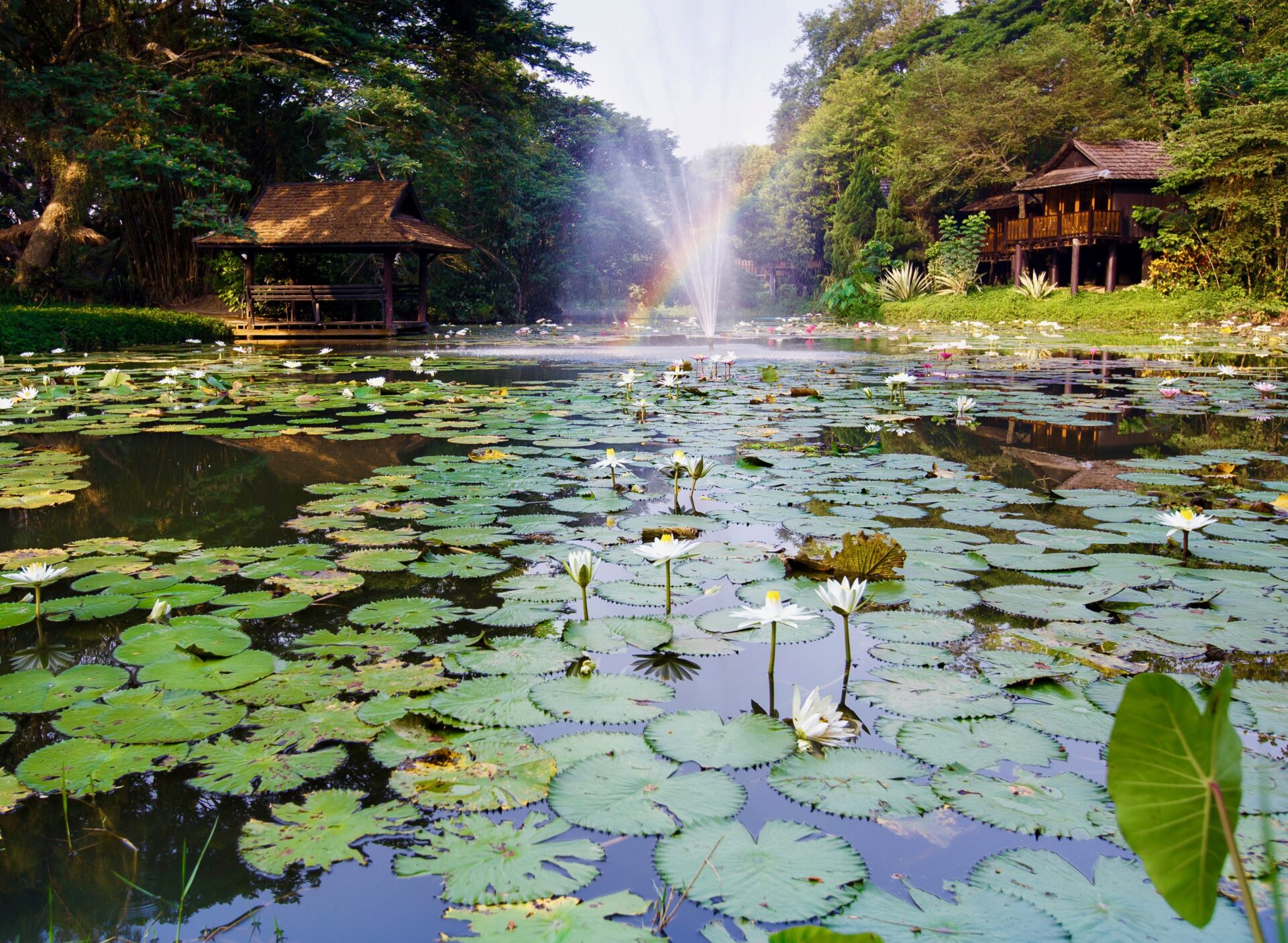
About Lampang
Famous for its horse-drawn carriages and with a rooster as its provincial emblem, Lampang boasts a long history of human settlements on the Wang River basin, some of which dating back to more than 1,000 years. It is rich in archaeological evidence reflecting ancient civilisations of Hariphunchai, Lanna and Burma. Yet, the stunning green fertile nature of Lampang attracts more number of travelers every year.
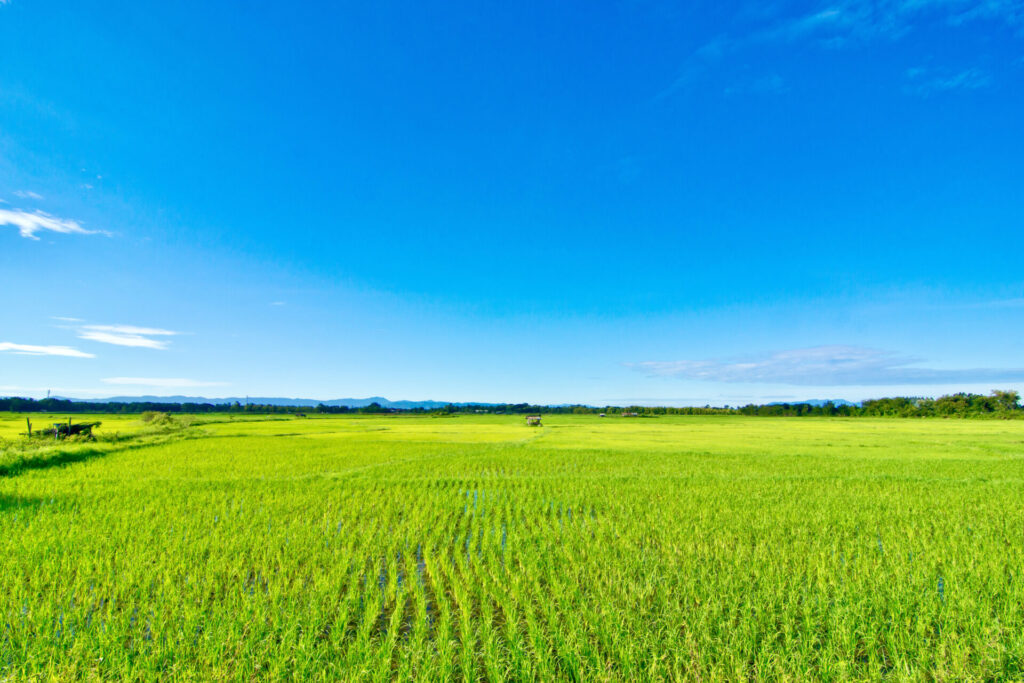
Where is Lampang
Lampang is one of the northern provinces of Thailand, approximately 100 kilometers south of Chiang Mai and approximately 600 kilometers north of Bangkok. Geographically, Lampang is located in the broad river valley of the Wang River, surrounded by mountain chains.
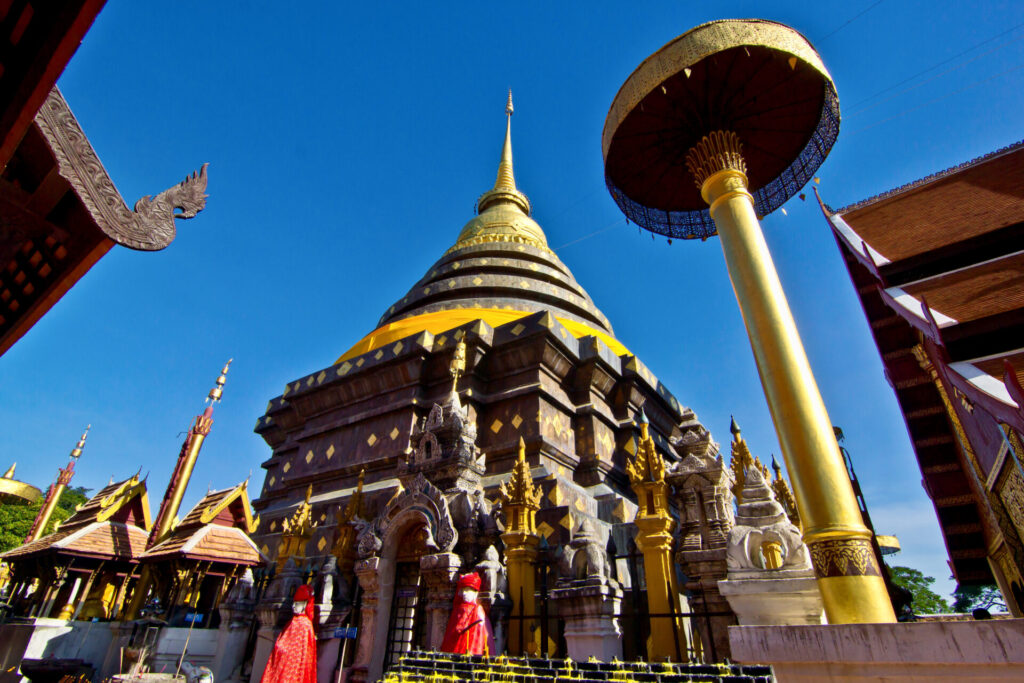
How is Lampang’s old story
Starting in the 7th century Lampang was part of the Dvaravati period Haripunchai kingdom of the Mon. In the 11th century the Khmer empire occupied the Lampang area, but it was King Mengrai of Lannathai who incorporated the complete Haripunchai kingdom into his kingdom in 1292. Lampang or Nakhon Lampang or Lakhon, was under the Burmese rule after the fall of Lannathai Kingdom from the sixteenth century to eighteenth century. During the uprising against Burmese rule by Siam’s new kings in the late eighteenth century, a Lampang’s local leader became Siam’s ally. After the victory, the leader was named to be the ruler of Chiangmai, the former center of Lannathai, while his relative ruled Lampang. The city continues to be one of the most important economic and political centers in the north. Lampang was announced as a province in Thailand in 1892.
In the nineteenth century the city was fortified with walls, and later became an important center of the teak industry. The city and its monuments have escaped much of the modernizations that have left many of the north’s temples with little of their original decorations. Like all of the former northern kingdom of Lanna, Lampang was occupied by the Burmese for nearly 200 years. Much of this influence can still be seen in the temples of the city.
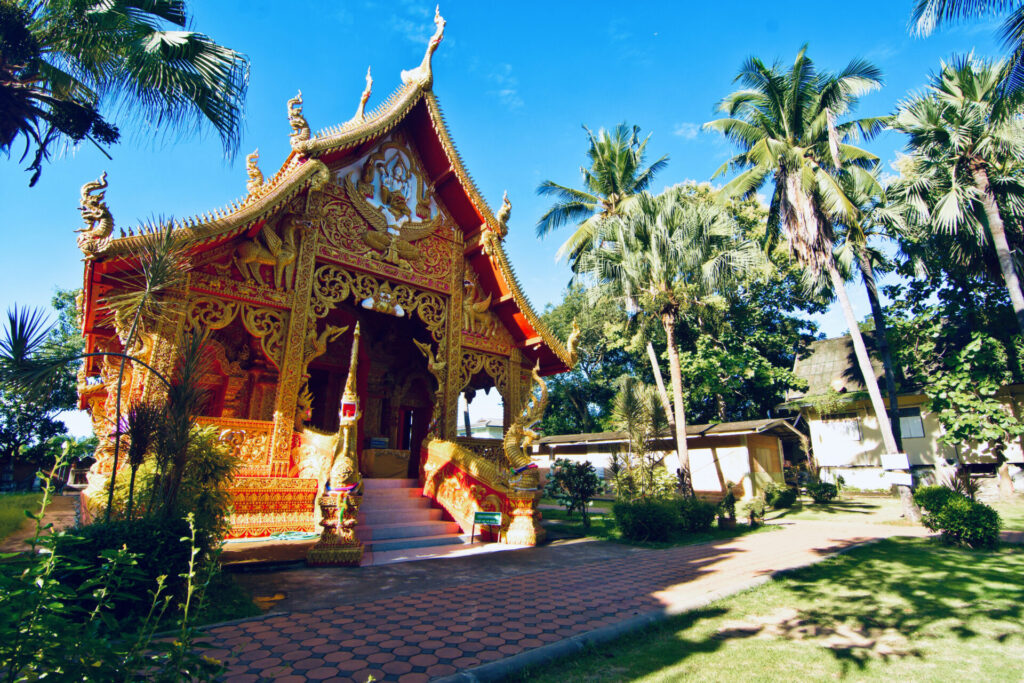
How is Lampang’s today
Lampang, also called “mueang rot ma” in Thai, meaning “Horse Carriage City”, is considered by some Thais as the last paradise in Thailand. Although well-connected by rail, and 4-lane highways to both Bangkok and Chiang Mai, it is here that tourists can still find the horse-drawn carriages in regular use for transportation. The horse-drawn carriage is one of the most memorable symbols of Lampang, as reflected in many traditional products. Lampang is also famous for the production of ceramic goods and its mining operations with over 200 ceramic factories in and around Muang Lampang district. A great deal of ball clay, china stone, and lignite are extracted from the surrounding mountains.
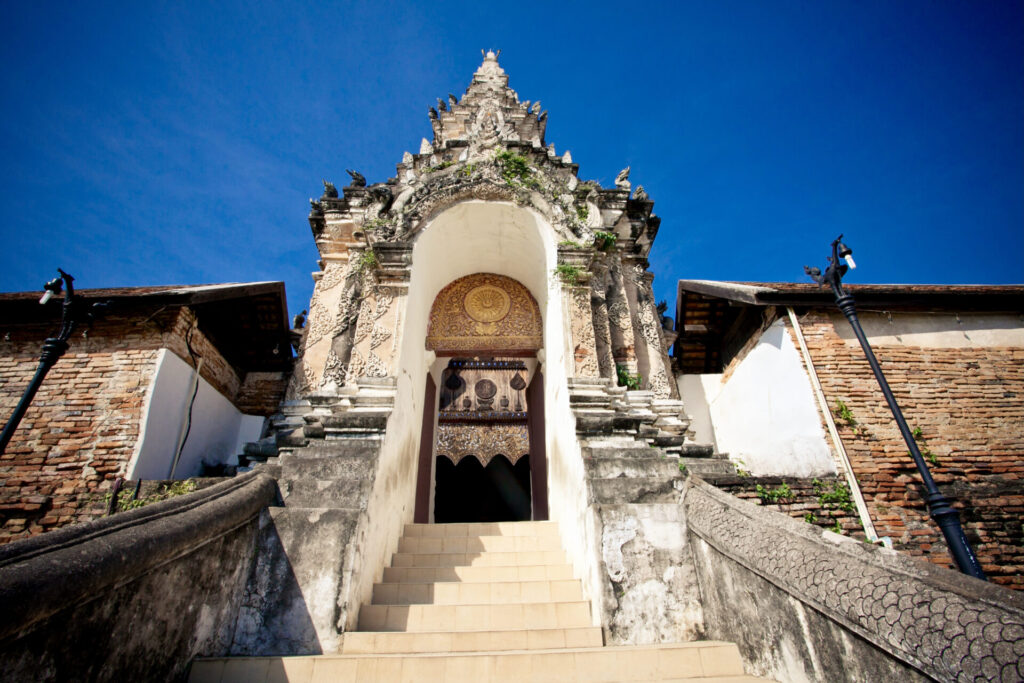
What to do and see
Most major attractions in Lampang are temples. Many temples in downtown were built in the Burmese style, originally endowed by the logging tycoons of the late-19th century. Wat Si Bun Rueang, Wat Si Chum and Wat Pa Fang are among the extant examples. Nine of the 31 remaining Burmese-style temples in Thailand are located in Lampang. Traditional Lanna architecture can be found at Wat Phra That Lampang Luang, which situated at the site of the ancient Lampang city. It is famous for its murals from the 19th century. The city seal features a white rooster in the temple’s gate. Wat Phra That Chedi Sao (The Temple of Twenty Chedis) is famous for its array of twenty pagodas. Other temples of some renown include Wat Phra That Chom Ping and Wat Lai Hin both in the Ko Kha district. Since the entire town is decorated with remarkable temples, riding a Lampang’s signature – horse carriage – around the town is an ideal to-do-list that you cannot miss.
Our Hotels & Resorts in Lampang
